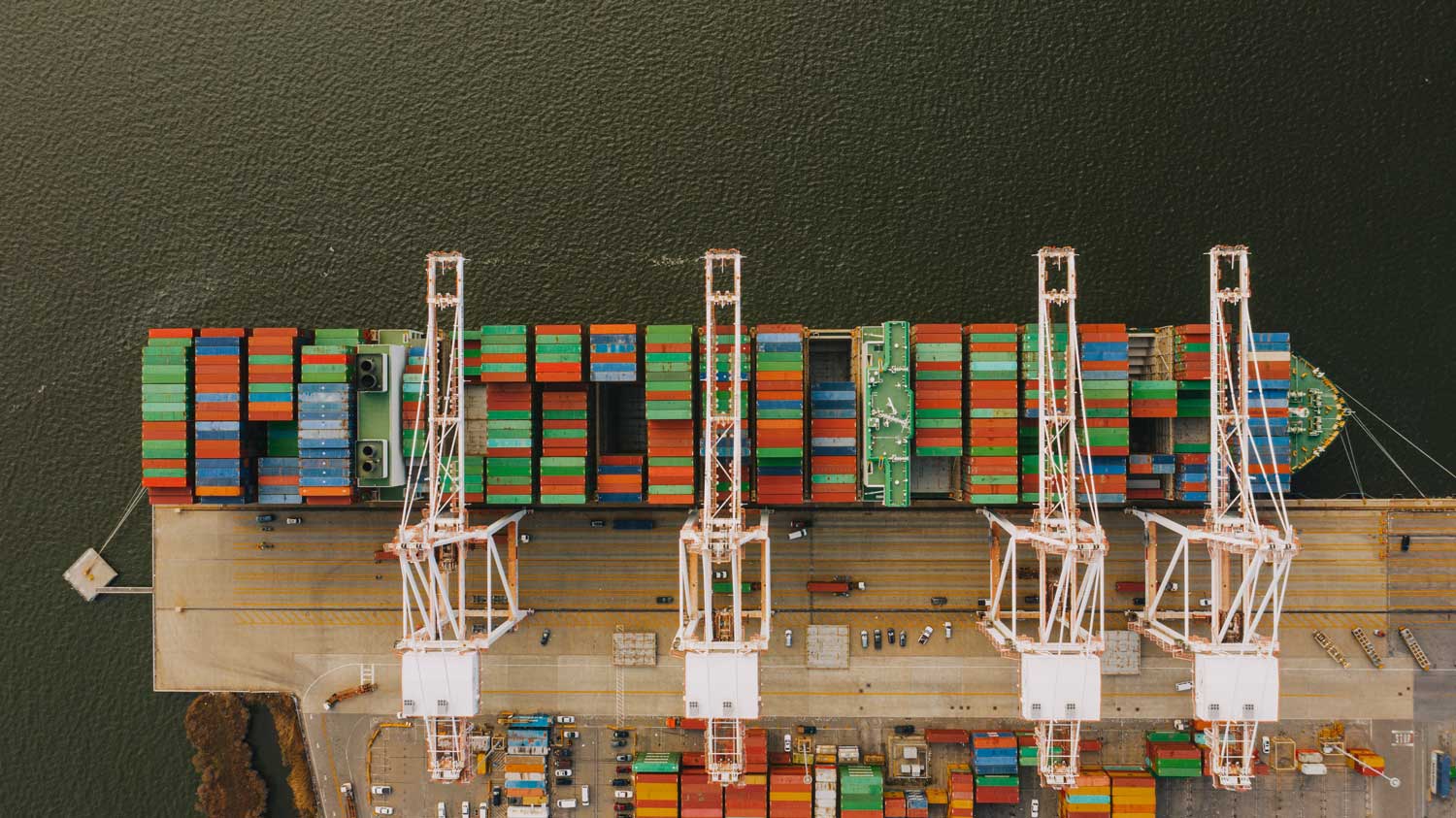Mexico's robust GDP across diverse sectors is intricately linked to its thriving international trade partnerships, which have been pivotal in fueling economic growth and development. With an economy ranked 15th largest globally, Mexico's strategic positioning and commitment to free trade agreements have facilitated seamless cross-border trade flows and fostered a conducive environment for foreign direct investment.
These international trade partnerships, epitomized by agreements such as NAFTA and its successor, the USMCA, have not only expanded market access but have also nurtured strong economic ties with key trading partners like the United States and Canada. Through these partnerships, Mexico has become a magnet for global investments, attracting companies seeking to capitalize on its competitive advantages in manufacturing, agriculture, and services sectors.
As Mexico continues to strengthen its trade relationships and position itself as a global trade hub, the benefits of these international trade partnerships are poised to drive sustained economic prosperity for the nation and its partners alike. Below, we explore how these three sectors impact Mexico’s GDP and areas where growth is forecast.
Primary sector: Agriculture
Despite its small allocation in Mexico’s overall gross domestic product, agricultural activities, including farming, forestry, and fishing, play a key role in the country’s overall economy. It’s important for strengthening trade ties with the United States and for creating jobs within Mexico itself, as the sector employs approximately 12% of the nation’s labor force. And, in recent years, Mexico’s agricultural sector has expanded even during challenging economic times, in part through federal investments in core agricultural products. Tomatoes, tropical fruits, and other fruits and vegetables are major exports, as are beverages and baked goods.
The low percentage agriculture plays in Mexico’s GDP means that the country currently imports 10% more food than it exports. Mexico imports large amounts of wheat, corn, oil, and meat from the United States.
The introduction of the North American Free Trade Agreement (NAFTA), and later the U.S.-Mexico-Canada Agreement (USMCA), eliminated tariffs and restrictions on agricultural goods between the USA and Mexico, boosting the volume of trade between the two nations.
Secondary sector: Industry
The secondary sector, industry, contributes nearly a third of Mexico’s GDP thanks to the robust production and trade of oil and gas, manufactured goods, and mining. Together, these activities employ around 25% of the country’s labor force in the country.
Oil is a major industry in Mexico. According to the U.S. International Trade Administration, Mexico is the world’s 1217 trillion cubic feet (Tcf) of natural gas reserves. Overall, oil production and exports contributed to more than 3% of Mexico’s GDP.
Mining is another major contributor to Mexico’s gross domestic product, making up 3% of the country’s overall economic output and nearly 10% of the industrial GDP. Mexico has the largest silver reserves on the planet, as well as an abundance of gold, copper, and zinc. More recently, the discovery of some of the world’s largest lithium reserves has poised this sector to grow.
When it comes to industry, however, Mexico is perhaps best known for manufacturing, which contributes 18% to the country’s GDP. With the exception of global disruption in 2020, the value of this sector has consistently increased for the last decade.
Manufacturing sectors as part of Mexico's industrial GDP
Within Mexico’s manufacturing industry, there are a number of subsectors making major contributions to industrial GDP:
- Automotive manufacturing: Auto production accounts for 3.5% percent of Mexico’s GDP and 20% of the manufacturing GDP. The sector employs more than one million people. Virtually all of the major automotive OEMs have a presence in Mexico, and this has attracted a dense supplier network spread across the country.
- Aerospace manufacturing: While newer than the automotive industry, aerospace production has already caught up. Data indicates that this subsector represents another 3.5% of Mexican GDP, and employs 1.4 million people through direct and indirect jobs. This area remains a hot growth sector.
- Electronics manufacturing: The production of electronics components supports both automotive and aerospace manufacturing. However, Mexico is also a fast-growing source of consumer electronics, including computers, televisions, and communication devices. Today, Mexico is the 8
- Textiles production: Textile manufacturing in Mexico dates back centuries and remains a strong industry today. Today, however, those textiles include technical and industrial materials as well as specialty apparel. In 2022, textile production accounted for about 3% of the country’s manufacturing GDP.
Tertiary sector: Services
Over the past two decades, Mexico’s services sector has grown significantly. In addition to making up 60% of Mexico’s GDP, the service sector employs 62% of the nation’s workforce. Wholesale and retail trade is among the largest service sectors, contributing up to 19% of the national GDP. Tourism is another major player in the service sector. Mexico is the 7
However, the financial sector is one of the service subsectors that has generated the most economic investments in Mexico. Most of the major banks operating in Mexico are foreign-owned, thanks to the attractiveness of investment opportunities. There are a total of 48 banks operating in the private sector, and of these, seven hold 78% of the overall market share.
The Benefits of Free Trade
With the implementation of the North American Free Trade Agreement (NAFTA), Mexico became part of the largest free trade zone in the world. NAFTA helped boost supply chain and trade links across Canada, the United States, and Mexico and set Mexico on course to strengthen its economy and grow its GDP.
Since NAFTA was replaced with the USMCA in 2020, which made improvements to some of the sections of NAFTA, another shift has taken place. Mexico’s strong economy and trade advantages with the United States and Canada has attracted an influx of investment from companies around the world. With this new demand, more companies are investing in these critical economic sectors. This is good news for business owners looking to Mexico for business partners. Not only does Mexico continue to strengthen its own economy, but the option to trade across three nations is a huge bonus for everyone.
To learn more about why companies are making the move to manufacture in Mexico, check out our free ebooks, listen to our latest podcasts, or talk to a Tetakawi expert today.
Subscribe
Sign up and stay informed with tips, updates, and best practices for manufacturing in Mexico.






